Illustration: Meeting the Brief – Book Review
By Alan Male
Published by Bloomsbury ISBN: 978-1-4081-7377-0
Review by Zanna Allen
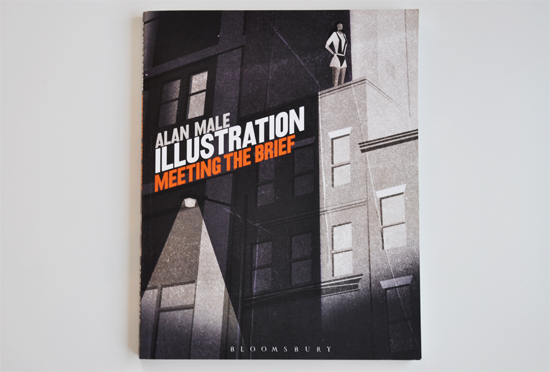
The task of meeting a brief is a problem-solving process. When given a brief as part of a commission, illustrators face intellectual as well as creative challenges. In ‘Meeting the Brief’ Alan Male explores on both artistic and commercial levels these challenges and the questions illustrators should consider when creating artwork in response to the requirements specified in a brief. Male breaks down the whole process and analyses these aspects one by one, covering the importance of such points as the identification of the message, its target audience, the method of conveyance etc, and how an illustrator might go about addressing them.
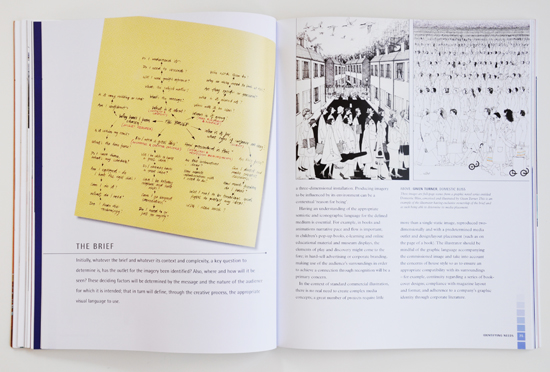
First, Male takes us on a journey through the history of illustration. He explores how this visual form of communication has evolved into what we know of it today, as well as its possibilities for the future. He then moves on to explore the breadth of ways contemporary illustration is used and where it is encountered. The reader gains a greater understanding of the influence and significance contemporary illustration holds within society today when put into this wider context.
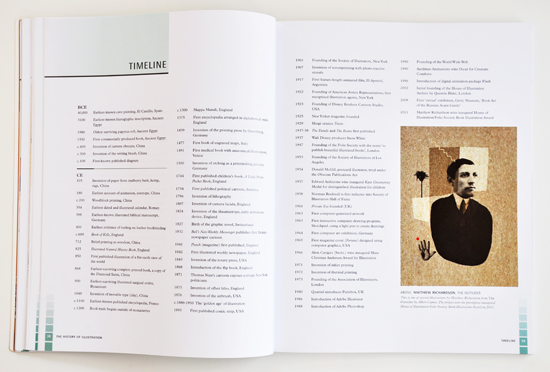
Male gives an overview of illustration as an industry and professional practice, covering such topics as the importance of self-promotion, the portfolio and acquisition of work. He highlights the advantages and disadvantages of using an illustrator’s agent or representative, recognising that these may vary depending on the individual illustrator’s needs.
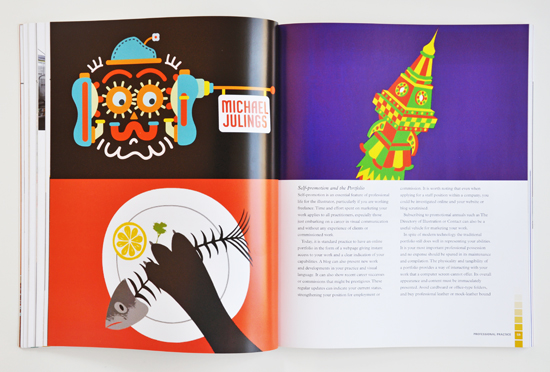
Male dispels the possible misconception that an illustrator’s task is merely that of ‘colouring-in’. Instead, he identifies the emergence of illustrators as ‘intellectual multi-taskers’ assuming a ‘polymath’ status and explores the exciting avenues open to illustrators today, be it specialisation, collaboration, self-authorship or research. He encourages the reader to adopt a professionally mobile approach and outlines the opportunities available within illustration and associated fields.
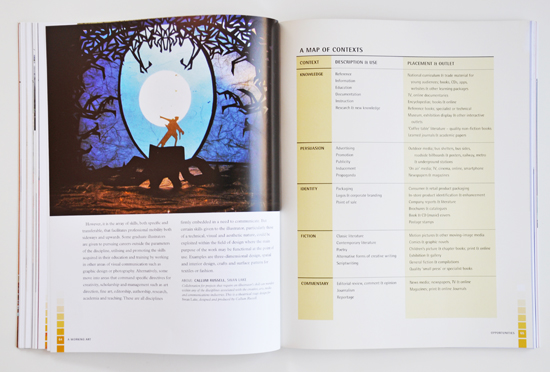
Male’s arguments are underpinned by the use of a great variety of illustrations highlighting their application in such areas as education, advertising, packaging, editorial and literature. Information is presented clearly in chapters with sub-chapters and sub-categories, as lists, bullet points and in tables. A very useful glossary of terms is provided at the back.
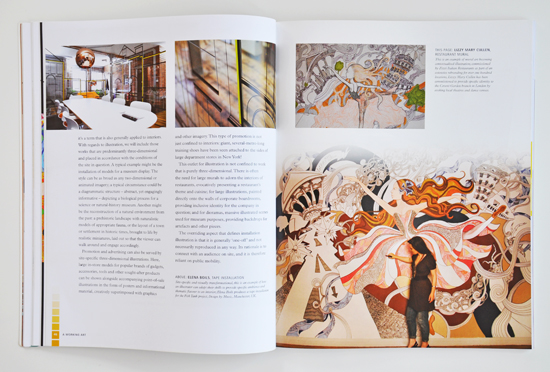
In all, Male offers a highly methodical and detailed approach to exploring the theory behind the practice. Along with his step-by-step analysis of how to approach and respond to a brief, Male provides the reader with a rounded view of Illustration as a profession, covering areas very easily over-looked, and generating much food for thought. As a recent graduate of illustration, I believe this is an essential guide for every aspiring illustrator, through to those in the early stages of their career. I particularly think this book would make a perfect accompaniment to any illustration student’s study, as a preparation for a life in the profession.
Back to News Page
